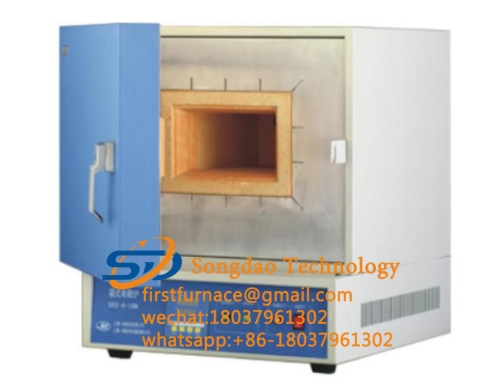- 27
- Mar
Ua rau muaj kev ua yuam kev hauv Cov Cuab Yeej Tswj Xyuas Kev Ntsuas Hluav Taws Xob Hluav Taws Xob
Ua rau yuam kev nyob rau hauv Temperature Control Instruments ntawm Kev sim hluav taws xob rauv
(1) Raws li tus yam ntxwv nkhaus ntawm molded thermocouple, nws tuaj yeem pom tau tias cov khoom siv hluav taws xob sib txawv ntawm ob qhov sib txawv ntawm cov khoom siv thermocouple tsis yog linear nrog qhov kub thiab txias, thiab qee qhov muaj qhov curvatures loj heev. Yog li ntawd, siv cov thermocouples los ntsuas qhov kub thiab txias tsis yog-linear kho kuj tseem ceeb heev. Kev tuav tsis raug yuav ua rau muaj teeb meem.
(2) The thermoelectric power generated by the thermocouple is not only related to the temperature of the measuring end, but also to the temperature of the cold junction. Only when the temperature of the cold junction is constant, the thermoelectric potential is only related to the temperature of the working end. Most instruments have a cold-junction temperature compensation function. If the ambient temperature of the instrument does not change much, the error caused by the cold-junction temperature compensation can be ignored. Fully compensated, then a certain error will also be introduced. For the b-type thermocouple, since the thermoelectric potential is less than 3μv in the range of 0~50℃, temperature compensation is not required.
- Nws tuaj yeem pom los ntawm lub rooj ntsuas ntsuas ntawm lub thermocouple tias lub thermoelectromotive quab yuam tawm los ntawm lub thermocouple yog qhov tsawg heev. Txhawm rau kom ua tiav qhov ntsuas qhov tseeb dua, ntxiv rau kev txhim kho qhov tseeb ntawm qhov ntsuas ntsuas, kuj tseem yuav tsum muaj lub tshuab hluav taws xob sab nraud. , Qhov no kuj yuav qhia txog qhov yuam kev.

